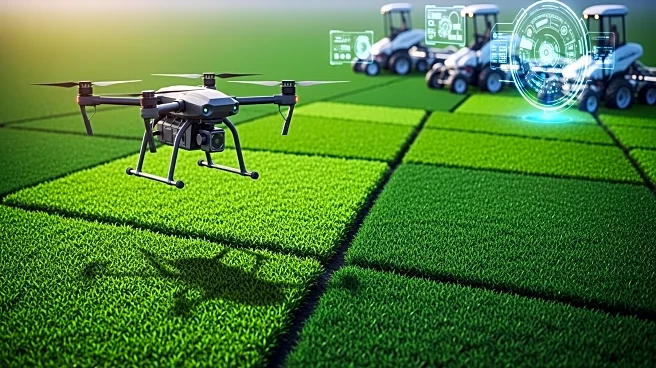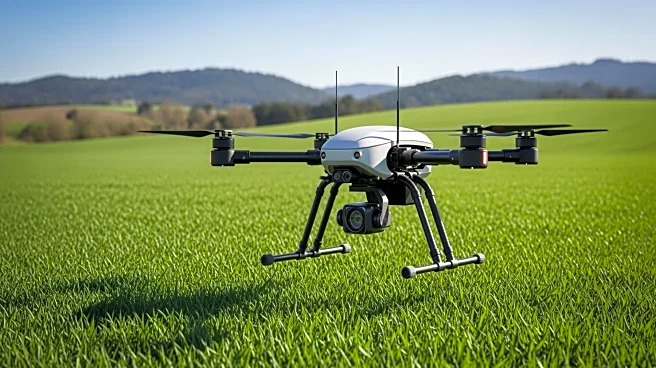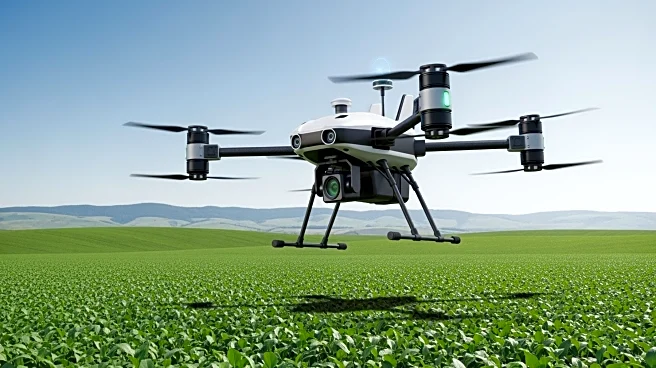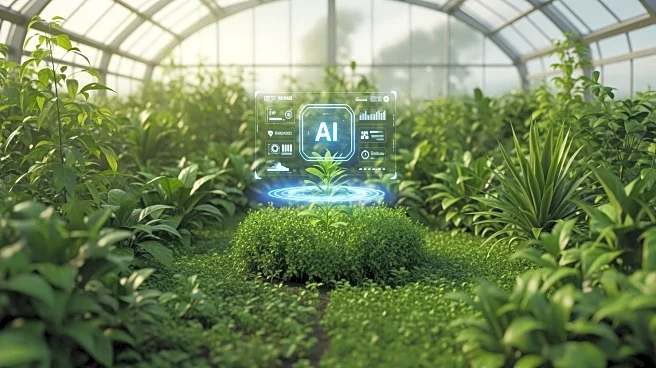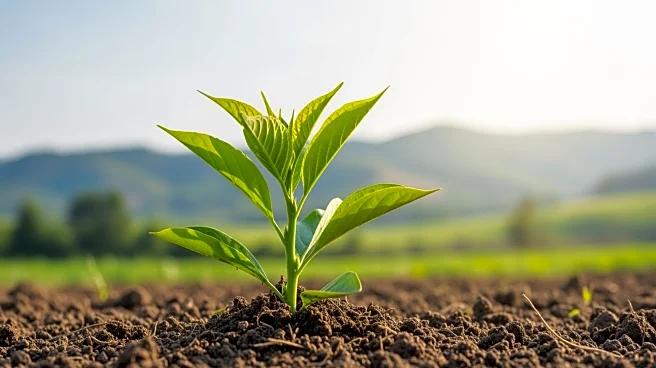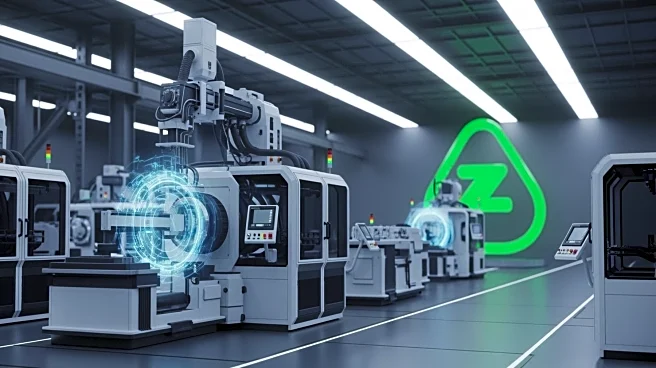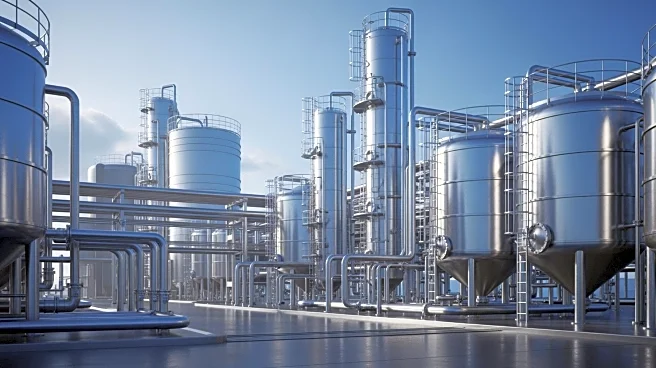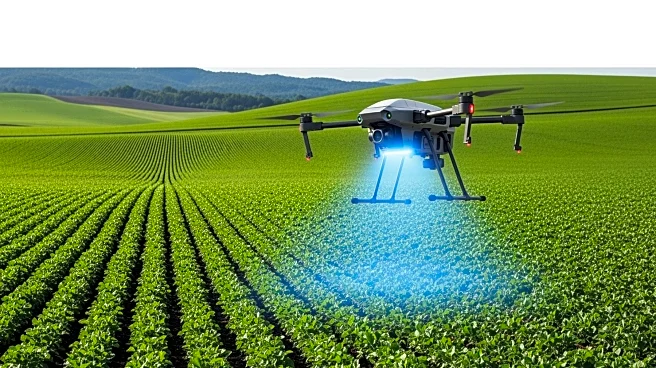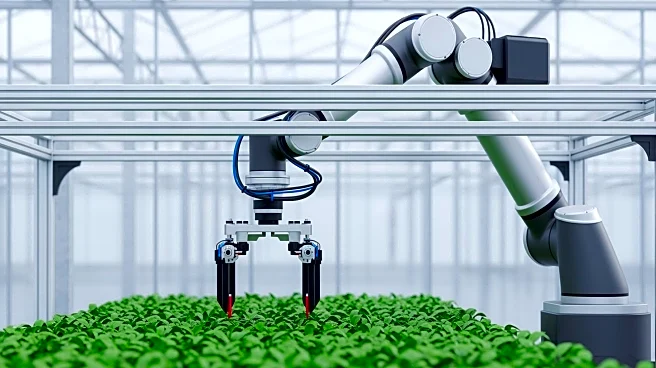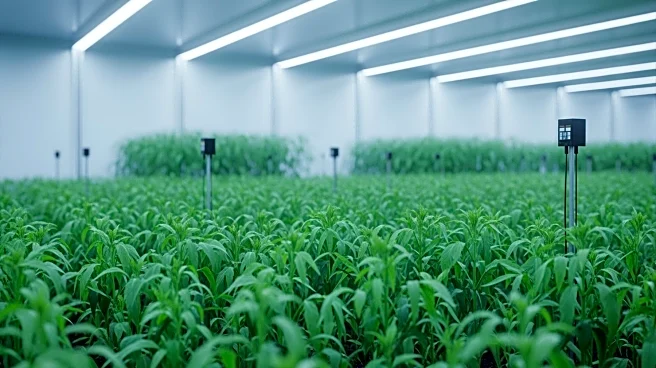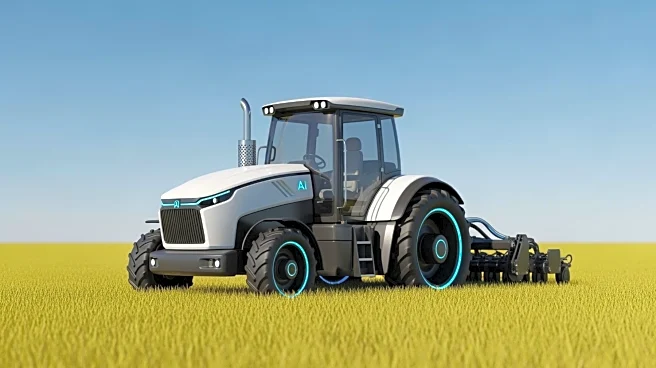What's Happening?
A comprehensive study has mapped the integration of artificial intelligence and robotics in agriculture over the past decade. The study highlights the shift from manual farming to data-driven ecosystems,
with technologies like drones, computer vision, and smart sensors playing pivotal roles. AI-driven agriculture is dominated by supervised learning models, with drones leading the way in agricultural robotics research. The study also identifies challenges such as the need for real-world validation and the uneven distribution of technological advancements across regions.
Why It's Important?
The adoption of AI and robotics in agriculture promises to enhance productivity, sustainability, and efficiency in farming practices. These technologies can address challenges related to climate change, labor shortages, and food security. However, the study also points to the need for equitable access to these innovations to ensure that all regions can benefit from technological advancements. The findings highlight the potential for AI to transform agriculture while emphasizing the importance of addressing ethical and socioeconomic implications.
What's Next?
The study suggests a strategic roadmap for integrating AI in agriculture, focusing on domain-adaptive models, explainable AI frameworks, and energy-efficient technologies. Policymakers and industry leaders may prioritize investments in digital infrastructure and capacity building to support AI adoption. International collaboration and data-sharing initiatives could accelerate innovation and ensure responsible use of AI in agriculture.
